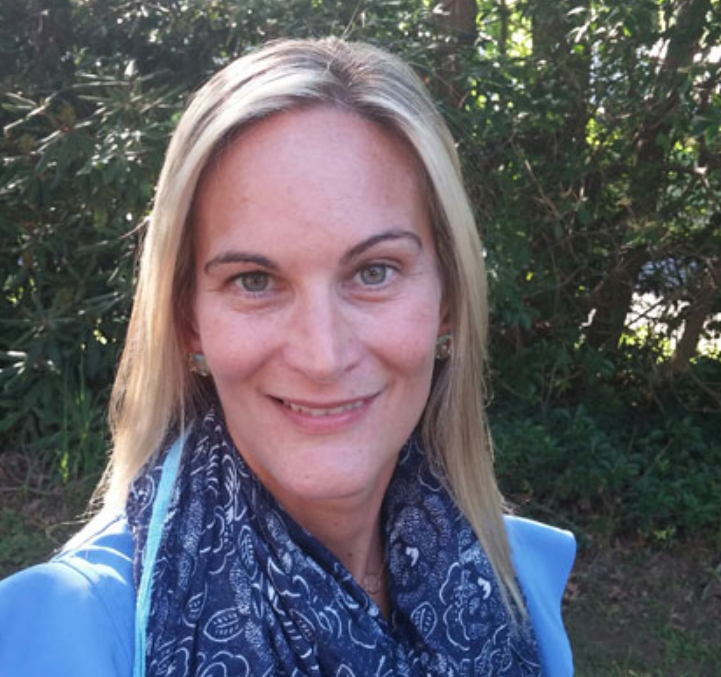Late Friday afternoon, the New Jersey Department of Transportation (NJDOT) announced “travel options” for the impending two-year closure of the Pulaski Skyway’s northbound lanes. Whether the options presented will be enough to mitigate the project’s impacts for the 32,500 motorists who currently use these lanes each day, as well as the surrounding communities, remains to be seen.
Changing modes, or changing routes?
NJDOT conducted a survey to help guide the planning of alternate routes and additional transit options. According to the survey’s results, nearly half (46 percent) of those surveyed said they would consider switching from a car commute to a transit commute. But the planned transit improvements don’t appear to be enough to accommodate all of these potential new riders, so it’s no surprise that 75 percent of respondents said they’ll likely continue to drive.
Rail
NJ Transit is adding two additional trains in the morning and evening on the Morris & Essex line between Summit and Hoboken, and the North Jersey Coast line will also see one additional train during the a.m. and p.m. peak. On the Raritan Valley line, however, the plan is to increase only capacity — not frequency — during the a.m. (6 a.m. to 10 a.m.) and p.m. (4 p.m. to 8 p.m.) peak travel times. Frequency of service between High Bridge and North Branch is already sparse with only four a.m. peak trains; in the evenings after 6:00 trains run every 30-45 minutes. Increasing frequency on these lines would help draw commuters out of their cars, but it’s not being considered as part of the congestion mitigation plan.
While NJDOT promises commuters will see an “increase in frequency” out of Newark and “robust” service in Hoboken, the announcement was short on the details for PATH (we’ll look forward to more details from the Port Authority).
Bus
The plan creates a new bus line along Route 22 between Watchung and Newark which, unfortunately, will operate only “during peak hours.” In addition, the plan does not mention any transit enhancements, such as exclusive bus lanes, nor does the plan provide options for park and ride staging areas, two ideas that would make a shift to transit a more attractive option for commuters.
Roadway Mitigation Strategies
A particularly glaring missed opportunity in the plan is the lack of traffic mitigation strategies to restrict single occupancy vehicles during peak hours through the implementation of a temporary ban on single-occupancy vehicles (SOV), which would complement NJDOT’s effort to encourage car and vanpools. A precedent for banning SOV already exists for this region: In the days following Hurricane Sandy, cars were required to have three or more passengers when entering Manhattan via any of the East River bridges, the RFK Bridge, the Henry Hudson Bridge, or the Lincoln Tunnels. A similar ban was also in place in the days following September 11, 2001 when SOV were banned from crossing into Lower Manhattan from Midtown on weekday mornings in an effort to relieve some of the traffic in the city.
In fact, NJDOT will be doing the exact opposite: opening the shoulder of the Newark Bay-Hudson County Extension as an unrestricted travel lane. With all roadways now operating at capacity, and by relying on the existing roadway system to absorb a significant majority of the diverted traffic, this move virtually eliminates all of the system’s spare capacity to absorb traffic diversions when there is an incident — which happens quite frequently in the area.

[…] Pulaski Closure Plan Fails to Prioritize Transit, Mitigate Congestion … […]
[…] Pulaski Closure Plan Fails to Prioritize Transit, Mitigate Congestion … […]
There has been no computer model of what happens if the turnpike extension is obstructed. If the backups clog the NJTP before the split, vehicular access to the northeast will shut down. But not until the Lincoln Tunnel clogs due to the overflow followed by the GWB clogging as drivers divert around both. Accessing NYC from Newark Liberty is destined to become a nightmare and make JFK the best option.
See also NYTimes “In Job, Appointee Profits and Christie Gains Power By RUSS BUETTNERMARCH 4, 2014”
Thanks to the Chairman Samson/Christie relationship the PA agreed to pay for the repairs and while DoT chose the cheapest option, in spite of the expectation that the economic damage will dwarf the savings.
[…] road’s shoulder into a third travel lane as part of the Pulaski Skyway construction traffic mitigation plan. By adding a third lane, the state has essentially implemented a 50 percent road widening without […]